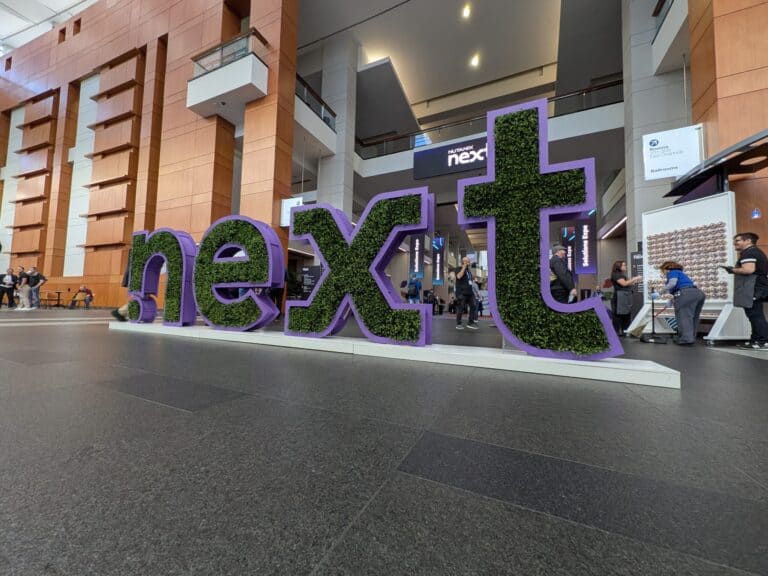Data is everywhere, but it cannot be stored everywhere. What is missing is a data platform for bare-metal, virtualized, and containerized environments simultaneously. At least, that is the conclusion reached by Nutanix, which has developed Cloud Native AOS to fill this gap. To do so, even the hypervisor of yesteryear is no longer necessary.
Nutanix has been using the slogan “Run anywhere” for some time now. That’s easier said than done – and the company actually acknowledges this. The puzzle needs to be solved once and for all, which means Nutanix has to break with tradition. For the first time, the hypervisor is redundant, or at least no longer critical, in keeping with the modern cloud world of short-lived containers and dynamic computing power.
Debut on Amazon EKS
The fact that the well-known slogan is now being turned into an actual product is no coincidence. As promised, Project Beacon, which we described earlier, has indeed become a product. Under this code name, Nutanix wanted to experiment with radically different solutions that repackage the familiar capabilities of HCI.
HCI never really became the replacement for virtualization. First of all, because it has always required a hypervisor within the Nutanix offering. Hyperconverged simply means that the management of these environments is further abstracted, but not completely overhauled. At one point, specialized hardware was even required, although the hybrid/multi-cloud world makes this a difficult requirement to sell.
The step towards Nutanix’s new self-image is therefore as follows: to act as the “day two” savior in distress, eliminating as much complexity as possible from the day-to-day running of IT environments. It certainly has something to offer in this regard, and certainly some headaches to alleviate.
Kubernetes protected
Kubernetes has emerged as the practical standard for cloud workloads. However, it is not secure by default, perhaps because that adds complexity. This could have been a barrier to wider adoption. The fact is that such standards (such as MCP as “USB-C for AI”) repeatedly emerge without security. We don’t want to speculate too much, but we have often been told that developers tend to experiment without worrying too much about security. Cloud workloads have grown up to be manageable, lightweight, and above all modular.
Fortunately, this means that security can indeed be bolted onto Kubernetes. Nutanix therefore promises to provide both Kubernetes applications and the data they use with disaster recovery within Cloud Native AOS, whether they are in a specific availability zone, cloud, or on-premises environment. In addition, portability is maintained and data management is centralized.
Cloud Native AOS is a logical next step for Nutanix. It lowers the barrier to multicloud deployment by simplifying and securing multiple environments simultaneously. However, actual deployability is still limited, with only an early access program in Amazon EKS. It will become more widely available in the summer, with support for bare-metal servers by the end of the year.
